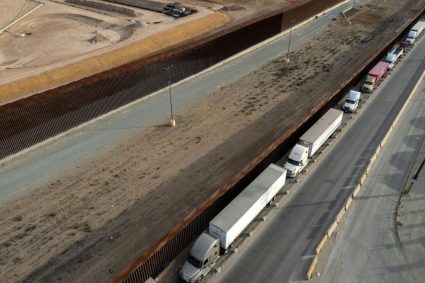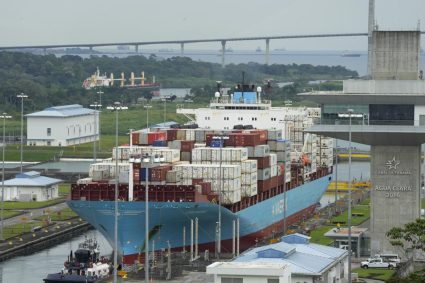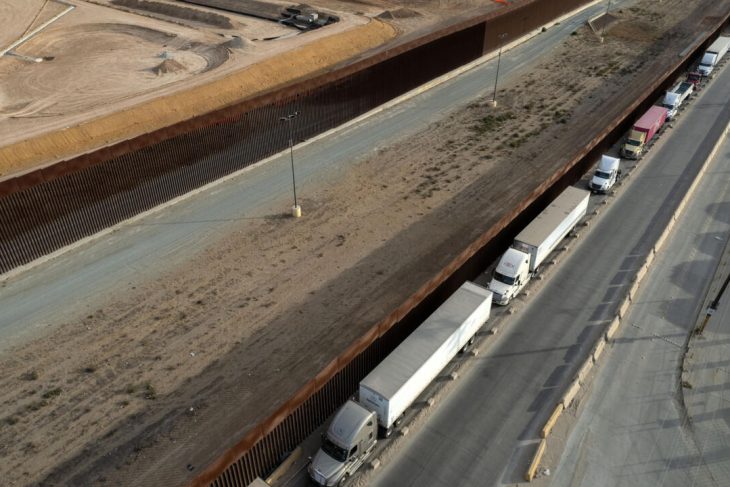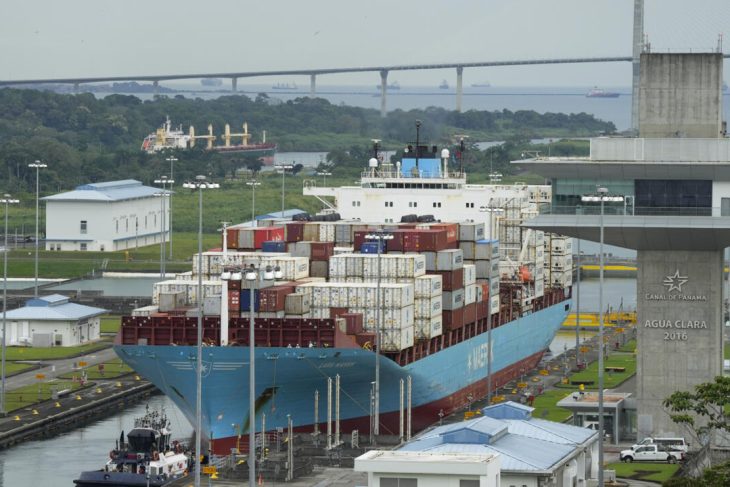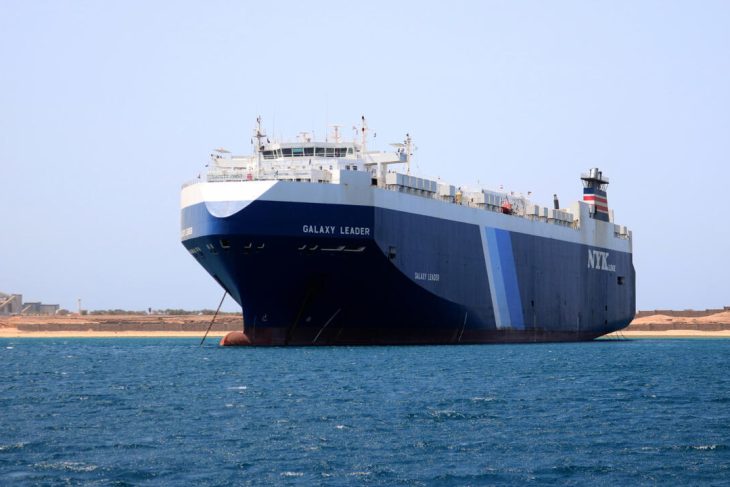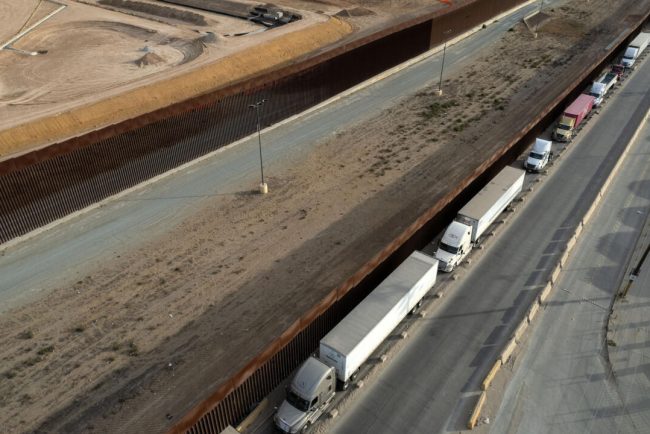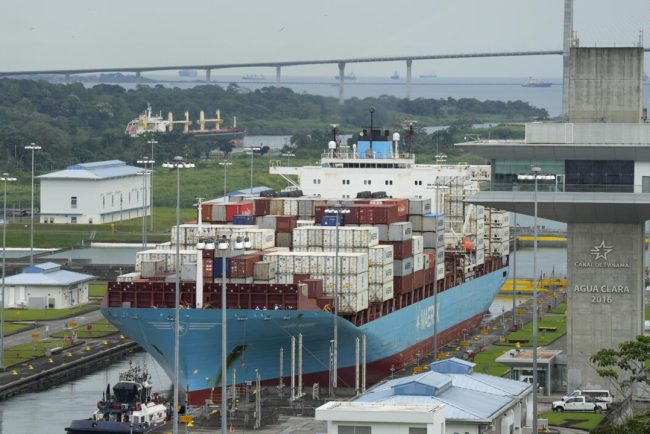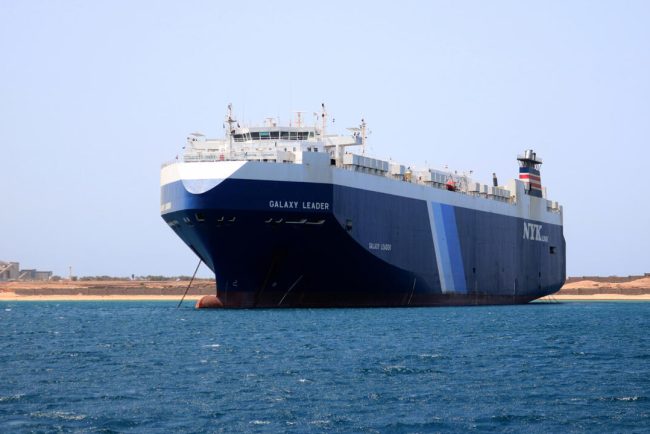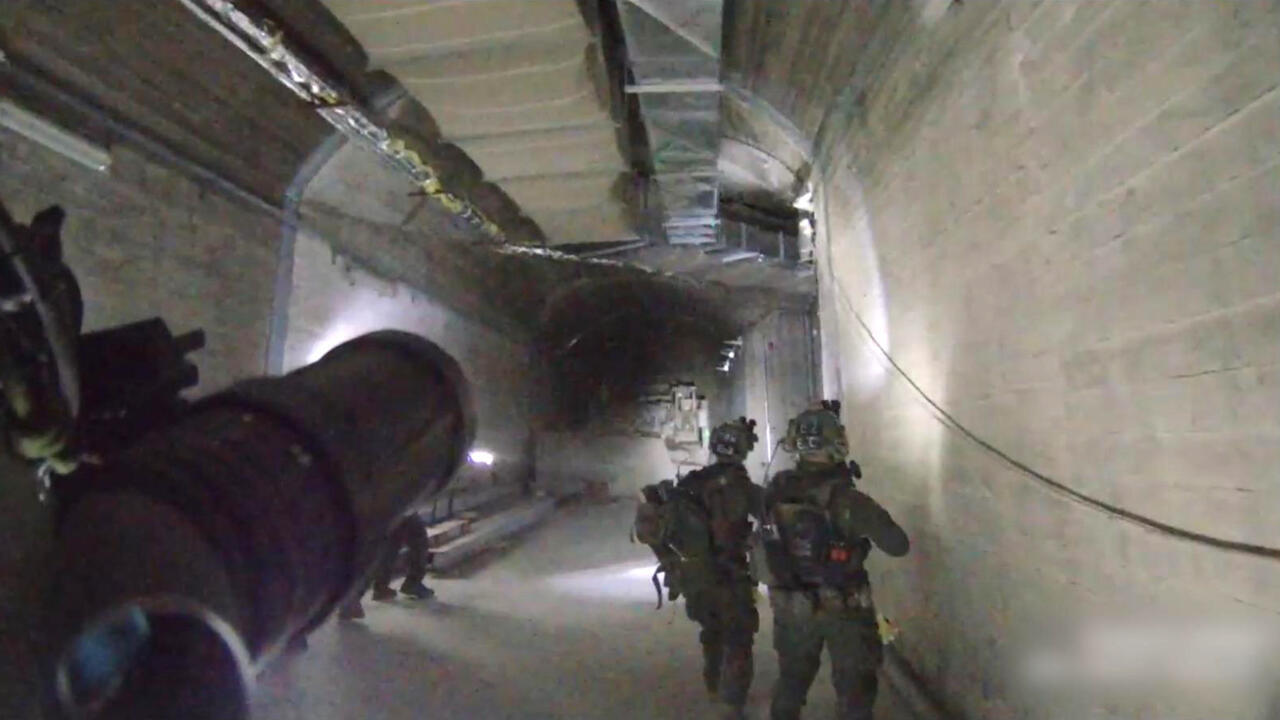
The military, which rarely comments on its activities inside Syria, said in a statement that the September 8 raid involved more than 100 Israeli commandos who dismantled the facility in the Masyaf area near the Mediterranean coast.
The Syrian Observatory for Human Rights war monitor reported at the time that 27 people were killed in the raid. The Israeli military did not disclose any casualty figures.
Israel has carried out hundreds of strikes in Syria since civil war broke out in 2011, mainly on Iranian-linked targets.
In a statement on Thursday, the military said the underground factory in Masyaf “included advanced assembly lines designed to manufacture precision-guided missiles and long-range rockets” for Lebanon’s Hezbollah “and other Iranian terror proxies in the region”.
Troops were flown in by helicopter, “with fire and intelligence-gathering support from aircraft, fighter jets and naval vessels”, it said.
Prime Minister Benjamin Netanyahu said the raid underscored Israel’s resolve to carry out operations anywhere to defend itself.
“This is one of the most important counteractions we have taken against the Iranian axis’s attempts to arm itself in order to harm us, and it demonstrates our determination and audacity to act anywhere to protect ourselves,” Netanyahu said in a statement.
Military spokesman Lieutenant Colonel Nadav Shoshani said: “This precision-guided missile factory was dug in the side of a mountain underground in the area of Masyaf”.
“Most components in fact were sourced from Iran for precision-guided missiles and surface-to-surface missiles.”
The factory had the capacity to manufacture hundreds of missiles a year, Shoshani added.
The Observatory said the facility was created and supervised by Iran’s Revolutionary Guards.
Tehran at the time condemned the raid as a “criminal attack”.
Hundreds of air strikes
Israeli military chief Herzi Halevi, who oversaw the operation, said it was part of “a series of courageous missions” across the Middle East “with the aim of destroying the Iranian axis’s missile manufacturing capabilities”.
Halevi pointed to other raids in the Gaza Strip, in Hezbollah’s south Beirut stronghold and on Iranian territory “over the past few months”.
“For years, Iran formed a ring of rocket and missile fire around Israel’s borders, and we have struck both the ring and its head,” he said.
Footage of the raid, released by the military on Thursday, showed soldiers boarding helicopters at a base and later landing at the target inside Syria.
The troops can be seen entering the compound as gunfire echoes in the background. Grainy images later depict soldiers returning to their base.
The military statement said critical machinery and documents found at the factory were brought to Israel for further investigation.
“The soldiers destroyed the compound and safely returned to Israeli territory,” it said.
Observatory chief Rami Abdel Rahman told AFP after the raid that intense air strikes preceded it, destroying a separate “scientific research centre” in Masyaf used for weapons development.
Since Islamist-led rebels toppled Syria’s longtime ruler Bashar al-Assad on December 8, Israel has carried out hundreds of air strikes on Syrian military assets in what it says is a bid to prevent them from falling into hostile hands.
In a move that drew widespread international condemnation, Israel also sent troops into a UN-patrolled buffer zone that separated Israeli and Syrian forces on the Golan Heights.
On Thursday, Israeli Foreign Minister Gideon Saar visited the buffer zone and met UN peacekeepers there, a statement from his office said.
“Israel is closely monitoring the situation in Syria, and will not jeopardise its own security. We will not allow another October 7 on any front,” Saar added, referring to the Hamas attack on Israel in 2023 that triggered the Gaza war.
© 2025 AFP



